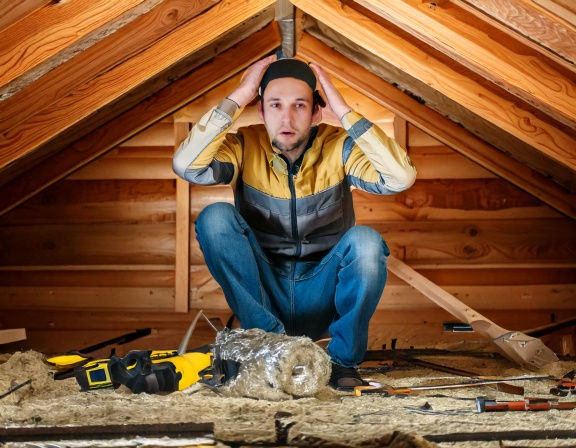Prepare Your Home for Fall: Essential Insulation Tips for the Cooler Months
- goldenstateinsulat

- Sep 4, 2024
- 3 min read

As the crisp fall air begins to settle in, it's time to ensure your home is ready for the cooler months ahead. Preparing your home for fall involves more than just swapping out summer clothes for cozy sweaters—it's about making sure your home’s insulation is up to the task of keeping you warm and comfortable. Here are some essential insulation tips to help you prepare your home for fall and the colder weather that follows.
1. Inspect Your Insulation

Start by checking the insulation in key areas of your home, such as the attic, walls, and crawl spaces. Over time, insulation can settle, become compressed, or even be damaged by pests or moisture. Look for any signs of wear and tear, such as uneven insulation levels, gaps, or areas that feel colder than the rest of the house. If you notice any of these issues, it may be time to add more insulation or replace old material with newer, more efficient options.
2. Seal Gaps and Cracks
As the temperature drops, even the smallest gaps and cracks around windows, doors, and in your attic can let in cold air, leading to drafts and higher energy bills. Use caulking or weatherstripping to seal any noticeable gaps. For larger openings, consider using expanding foam insulation to create a tighter seal. Don’t forget to check around electrical outlets, pipes, and vents, as these areas are often overlooked but can be significant sources of heat loss.
3. Upgrade Your Attic Insulation
The attic is one of the most critical areas for insulation, as heat rises and can easily escape through a poorly insulated roof. If your attic insulation is old or insufficient, consider upgrading to a higher R-value material, which provides better thermal resistance. Blown-in insulation is a great option for attics, as it can fill in hard-to-reach spaces and provide a more uniform coverage.
4. Don’t Forget the Floors

Cold floors can make your home feel drafty and uncomfortable. If you have a basement or crawl space, check the insulation in these areas as well. Adding insulation beneath the floorboards or along the walls of a basement can help keep your home warmer and reduce the strain on your heating system. For homes with crawl spaces, installing a vapor barrier in addition to insulation can help prevent moisture buildup and improve overall insulation performance.
5. Consider Adding Insulation to Walls
While many homes have insulation in the walls, older homes or those that haven’t been updated may not have adequate insulation for colder weather. Adding or upgrading wall insulation can make a significant difference in maintaining a consistent indoor temperature and reducing your heating costs. Open-cell spray foam or batt insulation are effective options for wall insulation, offering both thermal protection and soundproofing benefits.
6. Schedule a Professional Energy Audit
If you’re unsure about the condition of your home’s insulation, consider scheduling a professional energy audit. An energy auditor can assess your home’s insulation, identify areas of heat loss, and recommend specific improvements to enhance your home’s energy efficiency. This can be especially valuable before the coldest months of the year, ensuring your home is as energy-efficient as possible.
By taking the time to prepare your home’s insulation for fall, you’ll not only create a more comfortable living environment but also save on energy costs throughout the colder months. Whether it’s sealing gaps, upgrading attic insulation, or adding insulation to walls and floors, these steps will help keep the warmth inside and the cold outside. For expert insulation services and advice, contact Golden State Insulation today. We’re here to help you stay cozy all season long.



Comments